The present work is perhaps the most exhaustive study of Jaipur Wall Paintings written by any art scholar on this theme. Wall Paintings occupy an important place in the art tradition of India. The wall paintings of Ajanta and Bagh caves are famous all over the world. In an exclusive chapter the writer has discussed at length the heritage of wall paintings in India from the prehistoric times. The wall paintings were popular not only among the royalty and rich, these were executed in the temples and houses of common people, such as found at Chamoli, Kangda, Basauli, Datia etc. The writer also examines Devgadh, Udaipur, Nathdwara, Marwar, Hadoti, Jaipur and other schools of painting during the 17th-18th centuries. In the back drop of this art tradition, Dr. Ms. Mamta Chaturvedi, with the help of copious sketches traces the origin and development of Jaipur style of wall paintings which acquired distinctive form and refinement during this period. The writer also describes the nearby centres of wall paintings such as at Uniara, Alwar, Shekhawati etc. The book contains an informative chapter on the technique of the Jaipur wall paintings, the fresco-buono method (alagila, morakasi) which included preparation of surface, the material and implements used by the artists of that period, method of preparation of colours and pigments, the fresco seco and tempara processes examples of which are seen at many places in Jaipur, as well as the thematic contents of these paintings. Mamta Chaturvedi gives a detailed account of the precise location of the Jaipur wall paintings which should prove very useful to artists and scholars and which form the basis of this fascinating scholarly and well illustrated work.
Mirth of Jaipur Wall Painting
In stock
Free & Quick Delivery Worldwide
reviews
Bibliographic information
Title
Mirth of Jaipur Wall Painting
Author
Edition
1st ed.
Publisher
ISBN
8186782451
Length
xvi+122p., Illustrations; Plates; Maps; Appendix; Glossary; Bibliography; Index; 29cm.
Subjects

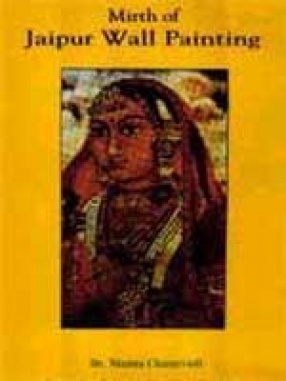
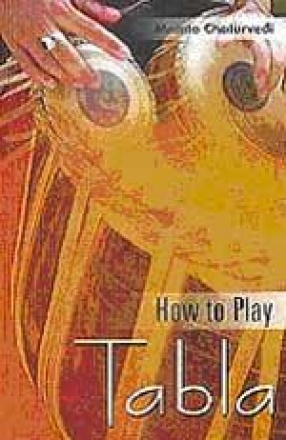

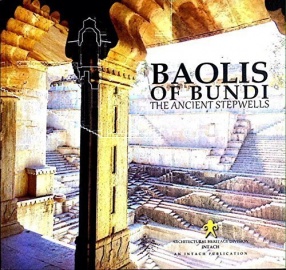
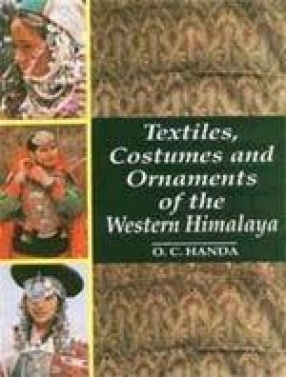
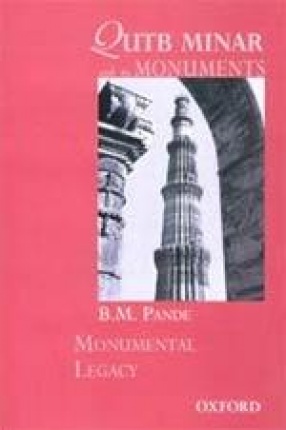
There are no reviews yet.